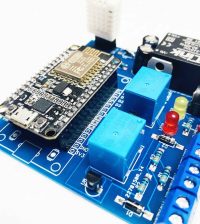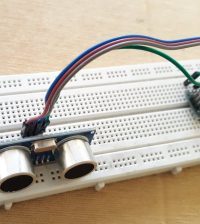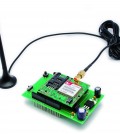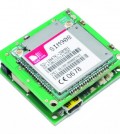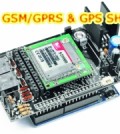- makeITcircular 2024 content launched – Part of Maker Faire Rome 2024Posted 2 weeks ago
- Application For Maker Faire Rome 2024: Deadline June 20thPosted 2 months ago
- Building a 3D Digital Clock with ArduinoPosted 7 months ago
- Creating a controller for Minecraft with realistic body movements using ArduinoPosted 7 months ago
- Snowflake with ArduinoPosted 8 months ago
- Holographic Christmas TreePosted 8 months ago
- Segstick: Build Your Own Self-Balancing Vehicle in Just 2 Days with ArduinoPosted 8 months ago
- ZSWatch: An Open-Source Smartwatch Project Based on the Zephyr Operating SystemPosted 9 months ago
- What is IoT and which devices to usePosted 9 months ago
- Maker Faire Rome Unveils Thrilling “Padel Smash Future” Pavilion for Sports EnthusiastsPosted 10 months ago
BASpi: Building Automation Software Add-on Board for Raspberry Pi
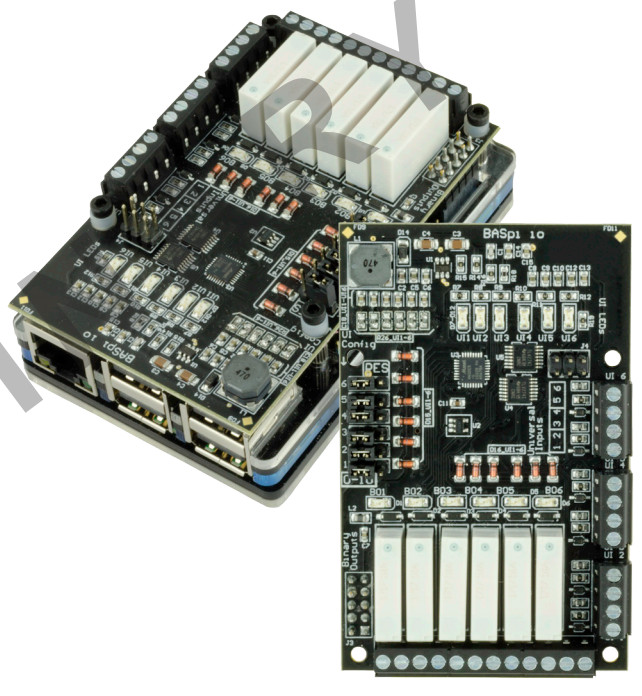
Contemporary Controls’ new BASpi Raspberry Pi 3 add-on board is the first product that is specifically designed for the BACnet standard.
BACNet is a data communication protocol for Building Automation and Control Networks that has been developed, supported and maintained by ASHRAE Standing Standard Project Committee since 1987, and used as building automation standard in the US, Europe, and more than 30 other countries.
BASpi is a BAS expansion board, referring to the Building Automation Software (BAS) that the company provides for its various BACnet compatible switches and controllers.
It supports Tridium’s component-oriented Sedona Framework controller programming software which lets developers build applications by graphically assembling software components on a wiresheet interface.
BASpi applications are said to include evaluation, testing, and training for BACnet and Sedona, as well as for augmenting commercial BACnet installations. It can even be used to extend BACnet to home automation applications.
The BASpi board complies with the Raspberry Pi HAT add-on standard.
It provides 6x relay outputs, as well as 6x configurable Universal inputs (analog, binary, resistance, thermistor, and pulse input) and 24 Virtual Points that are used to read or write data to or from a wiresheet provided by a BACnet client/supervisor station. The BASpi platform also enables 48 Web Components that allow live monitoring and control of wiresheet points from the BASpi’s web page.
The 12 physical I/O points and 24 Virtual Points are served up over the board’s BACnet/IP server using the Raspberry Pi’s Ethernet or WiFi connections, which are also used for web page configuration.
Further information are available on BASpi product page.


